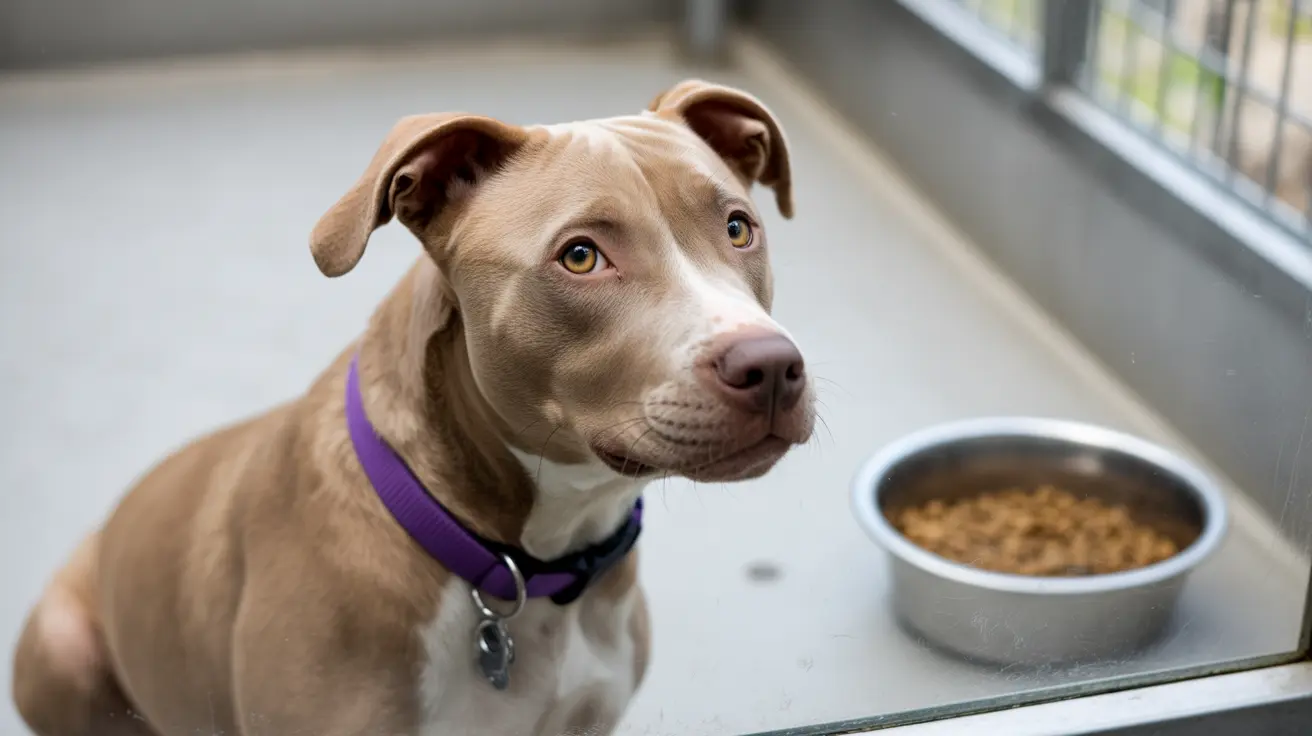Understanding What Causes Pink Eye in Dogs
Pink eye, medically known as conjunctivitis, is a common condition that affects many dogs at some point in their lives. This inflammation impacts the conjunctiva—the thin membrane lining the inside of the eyelids and covering the white part of your dog’s eye. While it might look alarming (and can certainly make your pup uncomfortable), understanding the causes can help you respond quickly and effectively.
What Is Conjunctivitis?
Conjunctivitis in dogs refers to irritation or inflammation of the conjunctiva. You might notice one or both eyes looking red or swollen. Discharge may range from clear and watery to thick and greenish-yellow. Dogs with this condition often blink excessively, squint, rub their eyes with their paws, or develop crusty fur around their eyes.
Main Causes of Pink Eye in Dogs
The reasons behind pink eye are varied—sometimes it’s a simple irritation; other times it signals a deeper health issue. Here are the most common culprits:
- Bacterial infections: Often caused by Staphylococcus, Streptococcus, or Pseudomonas species. These bacteria can enter through minor injuries or environmental exposure.
- Viral infections: Viruses like canine distemper or herpesvirus can inflame the conjunctiva.
- Allergies: Dogs can be allergic to pollen, dust mites, mold spores, or other environmental triggers. Allergic reactions often result in itchy and watery eyes.
- Environmental irritants: Smoke, chemicals (like cleaning sprays), dust, sand, or even wind can irritate sensitive eyes.
- Foreign bodies: Tiny particles—think grass seeds or plant material—can get lodged under the eyelid and cause irritation.
- Dry eye (keratoconjunctivitis sicca): Some dogs don’t produce enough tears to keep their eyes moist and protected.
- Trauma or injury: Scratches from rough play or accidental pokes can inflame the conjunctiva.
- Immune-mediated diseases: Conditions like plasma cell conjunctivitis involve abnormal immune responses targeting the eye tissue itself.
- Tumors or growths: Unusual masses on the eyelid or within the conjunctiva can trigger persistent inflammation.
- Eyelid/eyelash abnormalities: Issues like entropion (inward-rolling eyelids), ectropion (outward-rolling eyelids), or extra eyelashes (distichia) may lead to chronic irritation.
Recognizing Symptoms
You’ll likely spot one or more of these signs if your dog develops pink eye:
- Redness and swelling around one or both eyes
- Watery discharge that may become yellow-green and thick over time
- Eyelids sticking together or looking puffy
- Sensitivity to light; frequent blinking/squinting
- Pawing at or rubbing the face/eyes
If an underlying infection is present—especially a viral one—your dog might also sneeze or have nasal discharge. While contagious forms exist (mainly bacterial), most cases in adult dogs aren’t easily spread between animals. Puppies are more susceptible to contagious types.
Diagnosis: How Vets Find the Cause
Your veterinarian will start with a thorough physical exam and close inspection of your dog’s eyes. Diagnostic steps may include:
- Fluorescein staining: Checks for corneal ulcers/scratches using a special dye.
- Schirmer tear test: Measures tear production to rule out dry eye issues.
- Tonometry: Assesses intraocular pressure for glaucoma/uveitis concerns.
- Bacterial culture: Identifies specific bacteria if infection is suspected.
If symptoms persist despite standard treatment—or if there’s something unusual—your vet might recommend cytology (looking at cells under a microscope) or even a biopsy of conjunctival tissue.
Treatment Options Based on Cause
Treatment depends entirely on what’s causing your dog’s pink eye:
- Bacterial infections: Topical antibiotic drops/ointments are prescribed; sometimes oral antibiotics for severe/systemic cases.
- Viral infections: Supportive care plus antiviral medications if indicated.
- Allergies: Antihistamines and anti-inflammatory drops help control symptoms; removing allergens from your dog’s environment is key when possible.
- Irritants/foreign bodies: Removal of debris plus soothing/lubricating drops; sometimes flushing the eye is necessary.
If dry eye is diagnosed, artificial tears and lubricating gels are used long-term. For immune-mediated conditions, steroid drops may be appropriate—but only if no corneal ulcer exists. Eyelid surgery corrects structural problems like entropion/ectropion when needed. Tumors require specific therapy based on type/location.
Prevention Tips for Dog Owners
- Keep your home free from excessive dust/smoke; avoid harsh cleaning sprays near your pet’s resting areas.
- If your dog loves outdoor adventures, wipe their face/paws after walks—especially during high pollen seasons!
- Bathe and trim hair around their eyes regularly for breeds prone to ocular issues (like Pugs and Bulldogs).
Avoid letting dogs stick their heads out car windows where debris could strike their eyes. Supervise rough play between pets to prevent accidental injuries. Regular veterinary checkups catch early signs before they become serious problems—especially important for breeds with prominent eyes/facial folds who are more vulnerable to conjunctivitis complications.
The Outlook for Dogs with Pink Eye
The good news? Most cases resolve within a week or two once treatment begins—though some chronic conditions (allergies/dry eye/tumors) need ongoing management. If you ever notice persistent redness/discharge/painful squinting—or if vision seems affected—it’s best to consult your veterinarian promptly. Early intervention prevents complications like corneal ulcers and vision loss down the line. While humans rarely catch pink eye from dogs, basic hygiene (like hand washing after handling an affected pet) keeps everyone safe. The bottom line: Pink eye in dogs has many potential causes—from simple irritants to complex immune issues—but prompt diagnosis and tailored treatment usually lead to a happy outcome for your furry friend!





